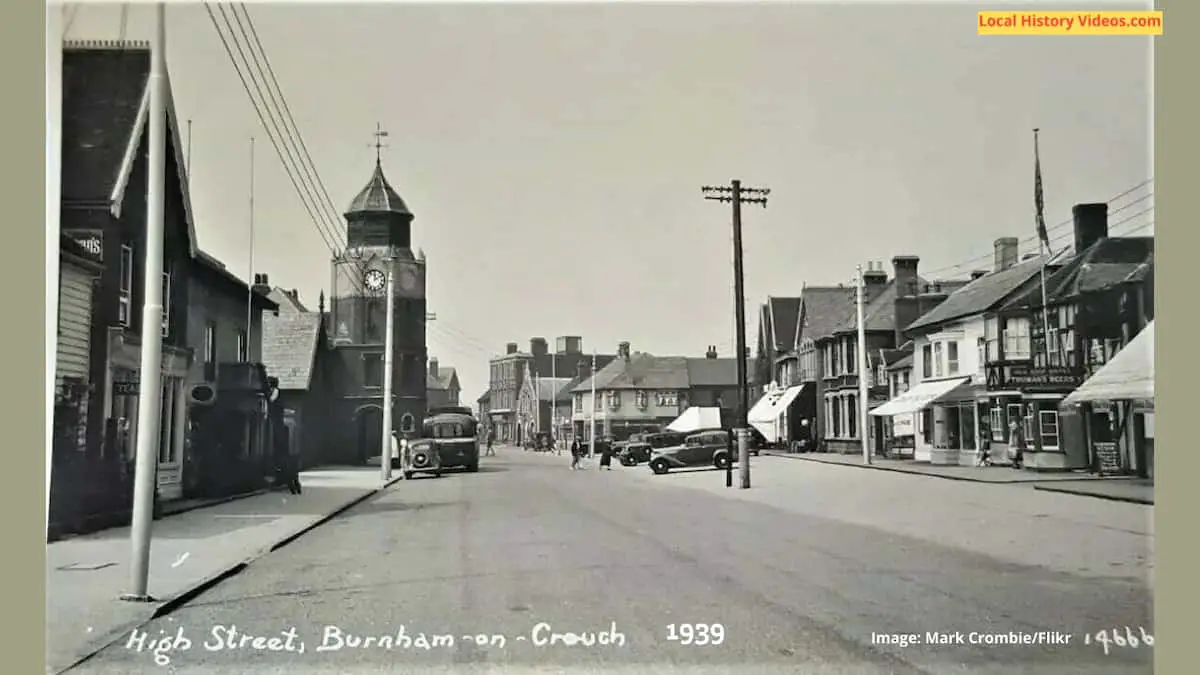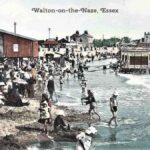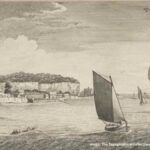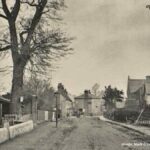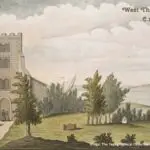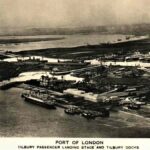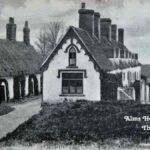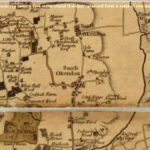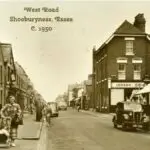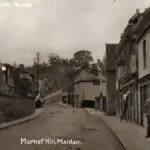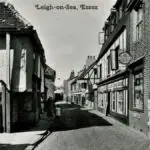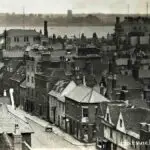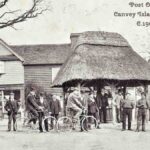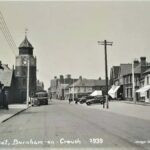Glimpse history through old images of Burnham-on-Crouch, Essex, England.
Old Photos of The Quay
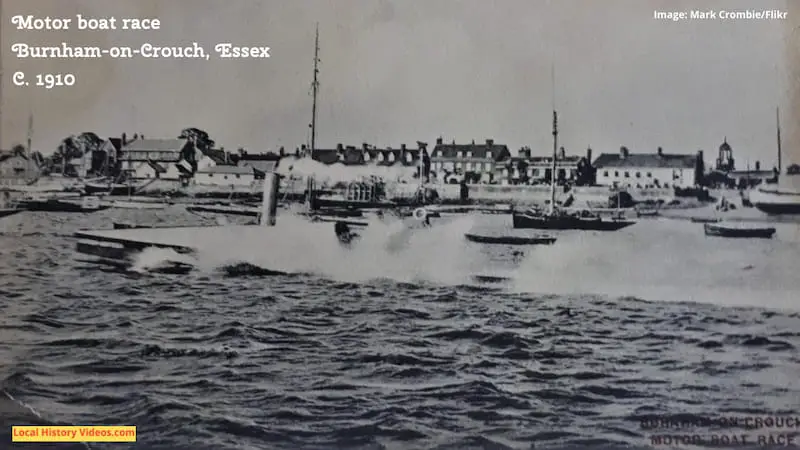
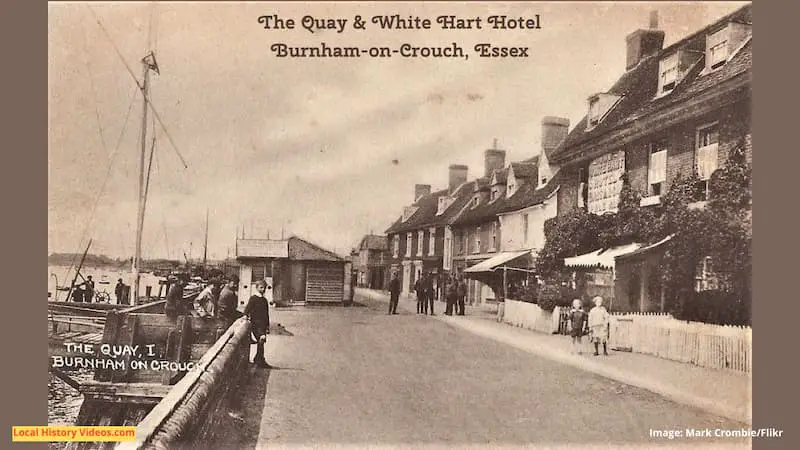
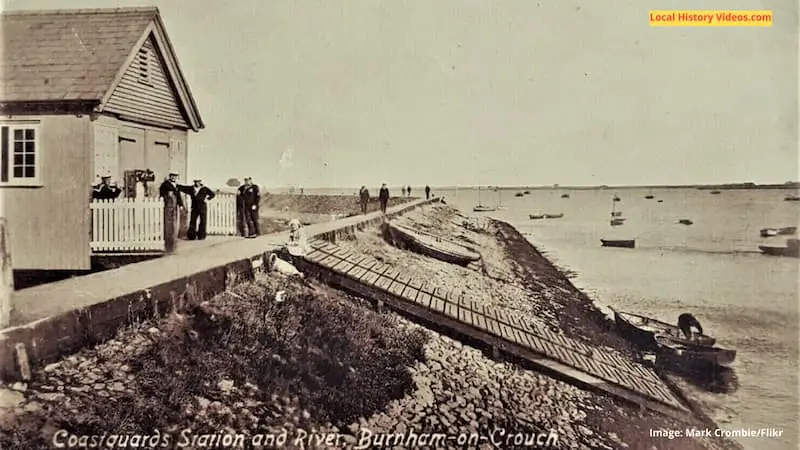
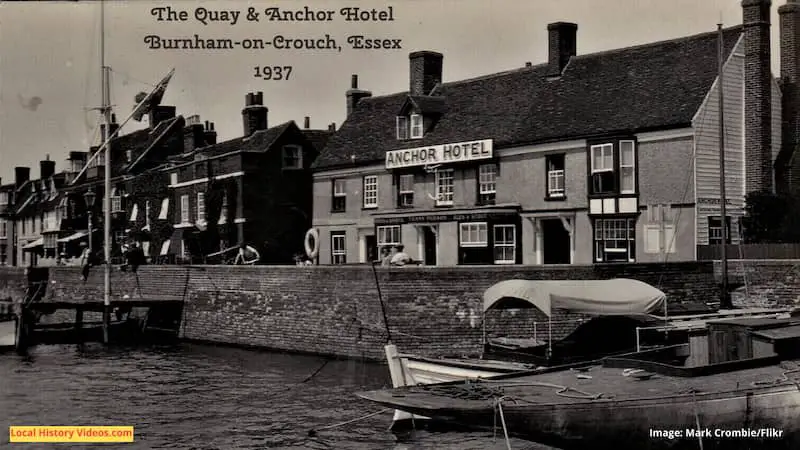
Old Photos of The Boat Club
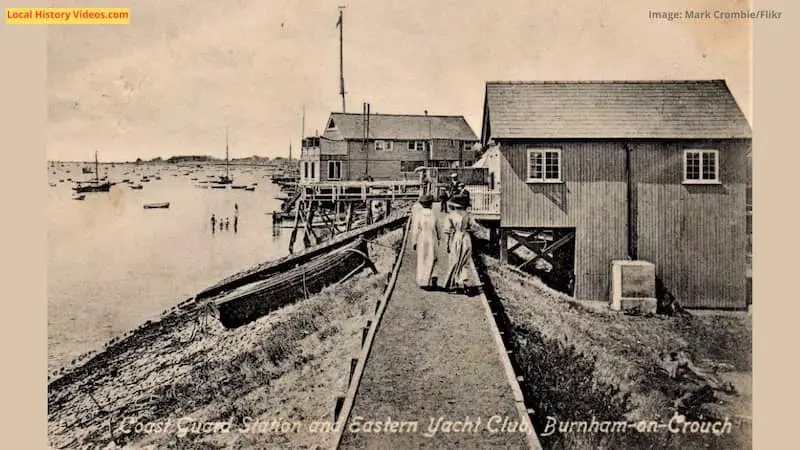
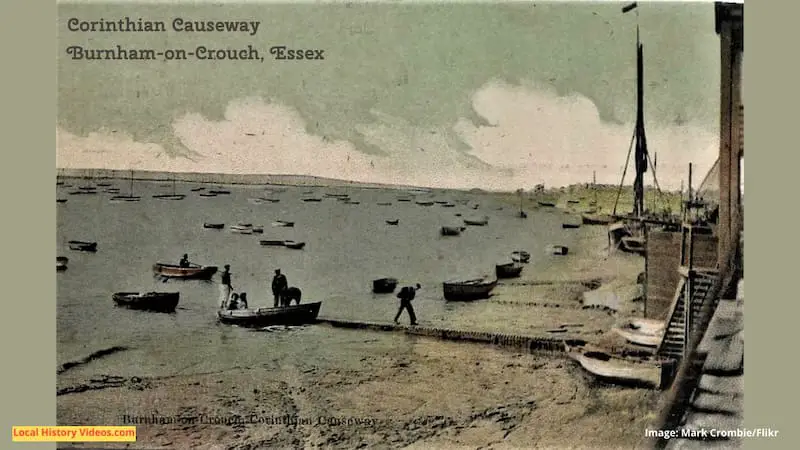
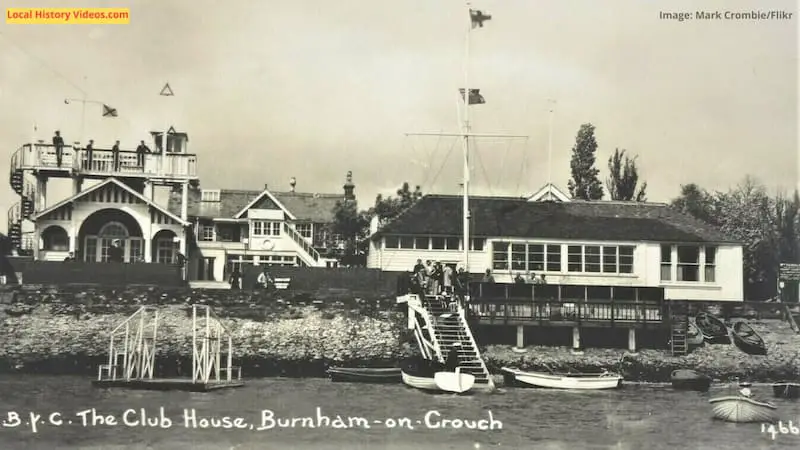

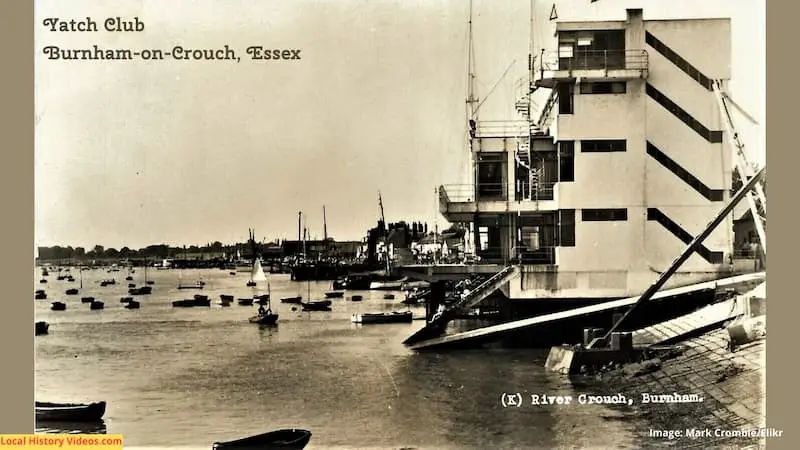
Old Photos of the Town


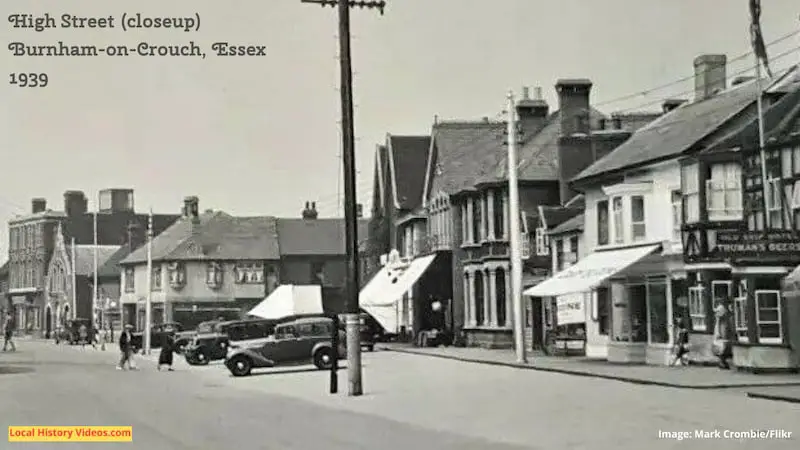
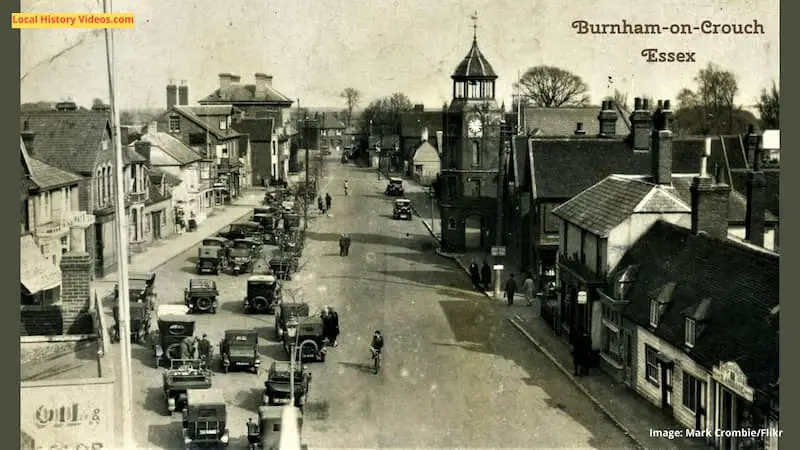
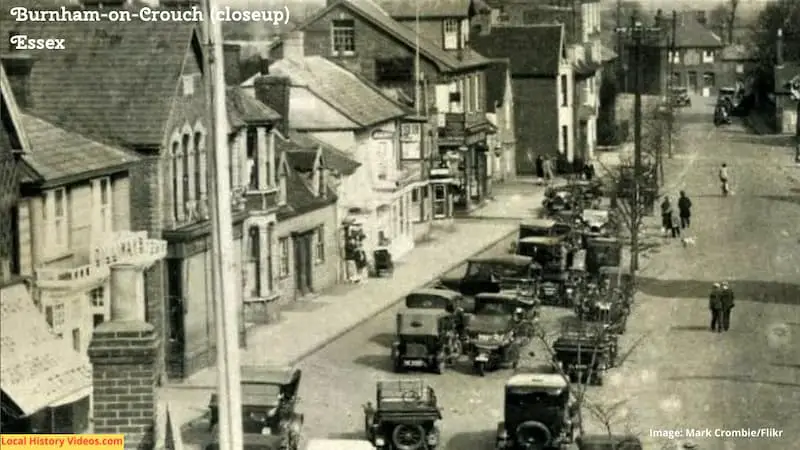
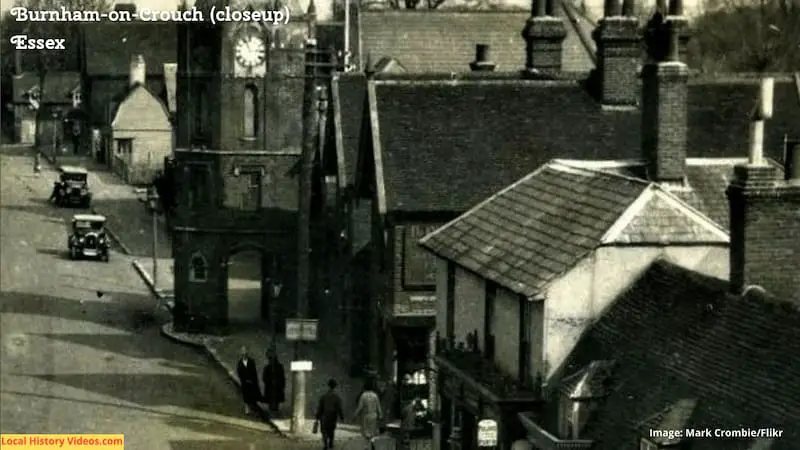
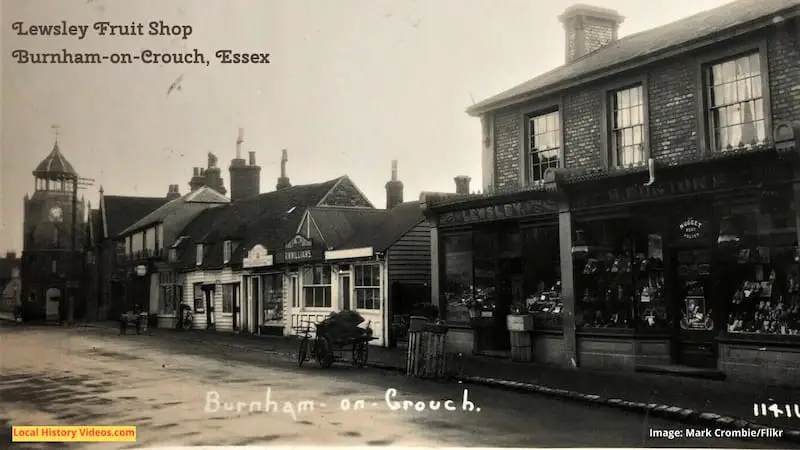

Yatching 1919
A few seconds of footage of Burnham Week 1919.
Yachting At Burnham On Crouch (1919) – British Pathé on YouTube
Shellfish Researchers 1951
This 1951 newsreel looked at the work undertaken by the researchers from the Ministry of Agriculture and Fisheries.
The amount of oysters eaten each year was now well below its peak of 100 million oysters per year. The osyer beds had been neglected during the war years, and foreign species had arrived to cause competition for food and settling places.
Shellfish Research (1951) – British Pathé on YouTube
Burnham-on-Crouch 1992
A short home video from 1992 shows a drive through some local streets.
A drive into Burnham-on-Crouch in 1992. (not great quality) – smoothfield on YouTube
Historic Books
Extract from: Report of the Committee of Council on Education (England and Wales), with Appendix, by Great Britain Council on Education
Published in 1895
Page 51
Burnham – on – Crouch has long been without sufficient accommodation for its
children .
About 200 infants are taught in a sort of public hall not very well
adapted for the purpose and only recognised temporarily ; and the older children
are crowded together in a poor building without sufficient playground , class – rooms ,
or cloakrooms , and till very recently with very bad office accommodation .
Much
time and labour have been devoted to correspondence , but very little real progress
has been made towards providing proper schools .
The educational interests of the
town are in the hands of trustees of an educational endowment , which has , I believe ,
provided all the local share of school expenses , but unfortunately for Barnham ,
these trustees have not yet solved the very simple problem of finding a good school
site and building on it for the needs of the town .
Extract from: British Medical Journal
Published in 1895
Page 259
So much cannot be said of the beds at Tollesbury ; the
crude sewage of Maldon is discharged ten miles higher up ,
but the conditions of the Blackwater are such as to exclude
all thoughts of self – purification .
Still more open to suspicion
are the famous beds of Burnham – on – Crouch , the produce of
which is esteemed as scarcely inferior to that of Whitstable .
Burnham , though little more than an overgrown village , has
had its full share of typhoid , and a sewer discharging between
oyster beds on either side .
The sewage , received in a sort of
catchpit , is supposed to filter upwards through sand to the
pipe sewer , in which it accumulates while the rising tide closes
a valve which opens during the ebb .
But apparently with a
view to superseding the necessity for cleaning the filter ,
direct communication was some time ago opened up between
the tank and the outfall sewer by pipes laid in the bed of the
filter , until the sewer was nearly , and if the valve had not
been defective would have been completely , closed with
sladge .
It is worthy of note that during the past season the
cases of typhoid fever in this district have been chiefly among
dredgers and others engaged in the oyster fishery .
Extract from: Report of the Medical Officer – Volume 24, by Great Britain Local Government Board
Published in 1896
Pages 34-35
The River Crouch Oyster Fishery .
The oyster fishery in this river is leased from the Lord of the
Manor by the Burnham Oyster Company , and the rights of this
Company extend , with exceptions to be referred to below , from the
mouth of the river at Ray Sand Beacon to Clement’s Green Creek , some
16 miles inland . Along the course of the river there are , however ,
in addition , several private oyster layings , the positions of which are
approximately shown on the accompanying map by the areas coloured
red . At numerous points along the banks of the River Crouch are pits
or excavations used for the wintering or storage of oysters , and the
localities of many of these pits may be seen by a reference to the
map of the district , where they are indicated by red and green dots , the
private pits being coloured red , the Company’s pits green .
The operations of the Company consist in dredging and cleansing the
grounds , re – depositing immature oysters in certain localities , and laying
down oysters at a nearly marketable stage of growth on the fattening
beds . These fattening beds are situated at Holliwell , on the area coloured
yellow in the map , on the north side of the River Crouch , about three
miles eastward of the village of Burnham . In this situation , on the
marshes abutting upon the fattening beds , are pits or ponds in which the
oysters are deposited for sale and for storage during the winter months .
During the summer months other than those covered by the close
season , the oysters required for market are taken , I am informed , direct
from the fattening beds . In addition to these pits , the Company have
others situated near Cricksea Ferry , where oyster brood is stored
during the winter . These pits , as also those to which reference has
already been made , consist of excavations in the marshes some 2 feet
deep , i.e. , rather above the average depth of oyster pits elsewhere . It
should be stated that in many instances the private merchants in the
Crouch River sell brood to oyster Companies requiring it , and do a
relatively small trade in marketable oysters .
POLLUTIONS OF THE CROUCH .
As regards sewage disposal in the River Crouch , the sewage of
Burnham is conducted to certain works situated on the side of the river
at a point distant about half a mile eastward of the villege . At
these works the original intention appears to have been to have sub
jected the sewage to subsidence and upward filtration through gravel .
It seems , however , that the filtering material being of but small extent ,
frequently became blocked , and in order to facilitate disposal of the
sewage the filtration was dispensed with , and the sewage , after a very
indifferent screening , and a mere apology for subsidence , was led direct
to the outfall . At this outfall , situated about a mile distant from
Burnham , the sewage is discharged into a small creek leading directly
into the Crouch . The sewers of Burnham are , I understand , flushed
at least twice weekly , and at these times the ” effluent ” passing away
from the works shows no signs of the effect of subsidence or of any
other treatment . I visited these sewage works just after the contents of
the , flushing tanks had – so I was informed – been liberated ; and found
that the ” effluent ” leaving the works was conspicuously thick and
offensive . On walking to the outfall I found the sewage discharged still
in the same condition , and that the sides of the creek at low tide were
cated for some distance with thick black deposit . On my return I
again examined the works , and during the interval the ” effluent ” had
certainly become much clearer . Obviously , however , the treatment to
which the sewage of Burnhata was being subjected at the time of my
visit was of an imperfect character , and for purposes of purification of
but little value . It will be seen from the map that the ” effluent “
discharges near to certain private layings , but about 24 miles from the
fattening beds of the Burnhata Oyster Company . This is the main
pollution of the River Crouch . Looked at in relation to the whole
river , the volume of the pollution is perhaps not a very serious matter ,
but the proximity of the outfall to the private layings referred to would
appear compromising to the oysters there situated , while the fattening
beds of the Burnbam Oyster Company , though , as stated , 24 miles
eastward of the outfall , cannot be regarded as altogether free from risks .
of contamination by the Burnham sewage .
The risks to which the storage pits of the Company are liable are but
small , as any water taken into them would be received on the flood tide ,
when the amount of sewage in the river must be quite infinitesimal .
Were this source of pollution removed by the adoption of proper
means of purification of the sewage at Burnham sewage works , I should
see no reason for regarding the oysters taken from the River Crouch ,
or from the pits abutting upon it , as otherwise than free from risk of
sewage contamination , though obviously no oysters should be laid down
close to the outfall of the effluent .
N.B. – I am able to record that , owing to the energetic action of
Dr. Thresh , who was one of the first Medical Officers of Health in the
country to call attention to the risks of contamination of oysters by
sewage , the Maldon Rural District Council have , since the date of my
visit , taken the steps which Dr. Thresh deemed necessary to purify this
effluent .
More about Essex
- Old Images of Essex, England
- Old Images of West Hangingfield, Essex
- Old Images of Purfleet (Purfleet-on-Thames), Essex
- Old Images of Wickford, Essex
- Old Images of West Thurrock, Essex
- Old Images of Walton-on-the-Naze, Essex
- Old Images of Tilbury, Essex
- Old Images of Thaxted, Essex
- Old Images of South Ockenden, Essex
- Old Images of Shoeburyness, Essex
- Old Images of Rochford, Essex
- Old Images of Maldon, Essex
- Old Images of Leigh-on-Sea, Essex
- Old Images of Harwich, Essex
- Old Images of Harlow, Essex
- Old Images of Halstead, Essex
- Old Images of Frinton-on-Sea, Essex
- Old Images of Chigwell, Essex
- Old Images of Canvey Island, Essex
- Old Images of Burnham-on-Crouch, Essex

